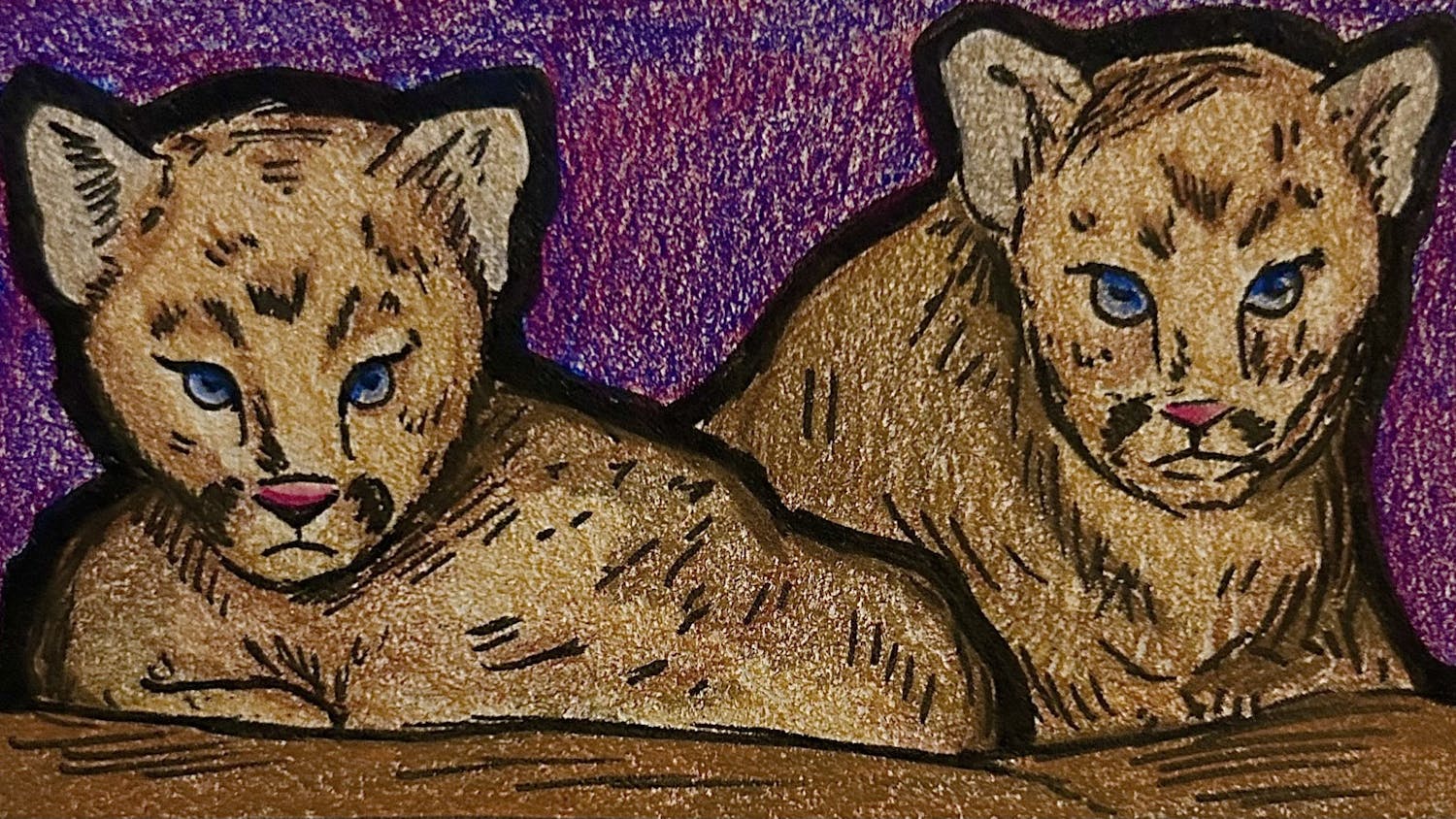Sitting in the waiting room of the Veterinary Medicine Teaching Hospital, it is easy to see the care and attention that is paid to the patients at this facility. Even with the excited barking of dogs, insistent shushing of the owners and general chaos of the clinic, all the employees seem genuinely happy to help owners as they come in to pick up medication or bring a pet in for an appointment. It is this love for animals and sense of value for a pet’s life that make veterinary clinics like this necessary, and animal blood banks all the more crucial.
In a clinical environment like the VMTH, animal blood is in high demand for a number of different reasons. A dog or cat can develop a need for a transfusion as a result of anemia, which is a lack of healthy red blood cells. Blood or plasma can also be necessary when animals have abnormal bleeding or low protein levels.
At the University of Wisconsin-Madison, this blood is brought in from a number of donor animals, which are privately owned by members of the hospital staff and community. Unfortunately, the blood cannot be kept for too long on the shelf. For cats, blood only stays usable for four weeks, and for dogs, five weeks.
Because of the perishable nature of the donations, as well as the extreme variability of when transfusions are necessary, the hospital is always in need of more blood for the patients, according to Jonathan Bach, director of emergency critical care services at VMTH. To meet demand, blood can occasionally be purchased from large, commercial blood banks with greater resources and capability to distribute.
The donors for the blood bank are not limited to just cats and dogs: The VMTH also collects and stores donations from cows and horses. The school has two resident cows which serve as donors, while its resident horse donor retired this past fall, according to a recent press release.
The process of drawing blood from animals is fairly similar to the human process, with a few minor differences. Both dogs and cats give blood from the jugular vein in the neck, as opposed to the median cubital vein in the arm for humans. Sticking a pet with the fairly large needle needed for the procedure can be a traumatic process, but only cats need to be sedated.
The blood, once drawn, can be used in transfusions for other animals that have dire need of it, whether as a result of chemotherapy as a cancer treatment or trauma in the case of an accident. Breed tendencies do exist for different blood types, but for the most part, a Doberman can receive blood from a Schnauzer and a Poodle could conceivably receive blood from a Great Dane.
In one case, a large amount of blood was needed to keep a patient alive when a biopsy on a tumor of a Bassett Hound resulted in a continual loss of blood for the animal. The patient lost more than its total blood volume throughout the process, and was only kept alive as a result of several transfusions of red blood cells as well as plasma. In another, a Great Dane needed many transfusions after a splenic laceration.
Just like their human counterparts, animals face the constant need for blood transfusions in often life-threatening situations. It is cases such as these that demonstrate both the immense demand for blood and the variability of that demand.






